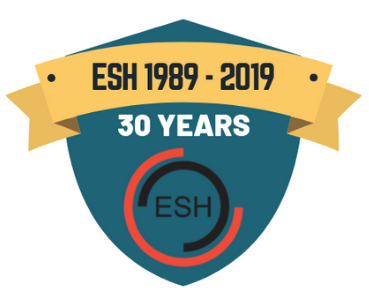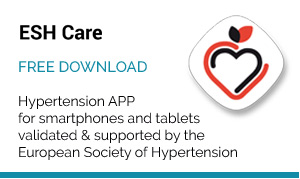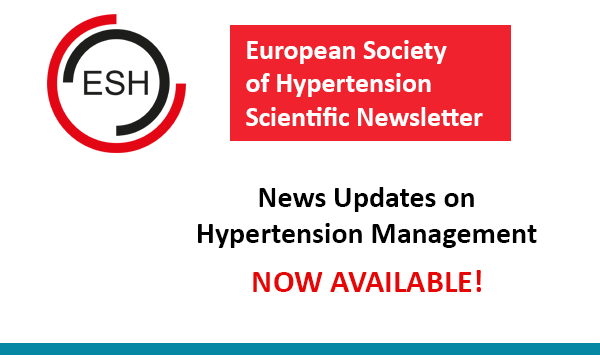Hypertension 2008
he direct renin inhibitor aliskiren combined with valsartan, an angiotensin receptorblocker, provides significantly greater systolic blood pressure (BP) reduction than valsartan monotherapy in older patients. Moreover, both aliskiren monotherapy and aliskiren/valsartan dual therapy appear to be significantly better than valsartan monotherapy in terms of reducing pulse pressure in patients 65 years or older. No such significant difference in pulse pressures was seen in younger patients based on active therapy.
Aliskiren is the first in a new class of orally active direct renin inhibitors approved for the treatment of hypertension. Two early studies provided preliminary indications that the combination of aliskiren and valsartan provides greater reductions in BP than does monotherapy. (1,2)
Michigan (USA) for the investigators, presented a post-hoc analysis of the data based on patient age (<65 vs. >/= 65 years).
Comparative Effects by Age
In this double-blind study, patients were randomly assigned to receive once-daily aliskiren 150 mg (n = 437), valsartan 160 mg (455), a combination of aliskiren 150 mg and valsartan 160 mg (446), or placebo (459) once daily for 4 weeks followed by 4 weeks of a doubled dose. Baseline BP was 161/100 mm Hg in older patients and 153/100 mm Hg in the younger group.
No matter the patient age, 8 weeks of combination therapy was associated with a larger reduction in mean sitting systolic BP and BP control rates than valsartan. For example, older patients saw a 19.0 mm Hg reduction in mean sitting systolic BP for combination therapy versus a reduction of 12.2 mm Hg for valsartan. Combination treatment also provided significantly greater BP reductions and BP control rates compared to either monotherapy in younger patients. In older patients, combination therapy led to a BP control rate of 43.4% at 8 weeks compared to 25.0% with valsartan monotherapy and 28.0% with aliskiren monotherapy. In younger patients, the respective BP control rates were 50.1%, 35.0% and 38.7%.
In elderly patients, aliskiren/valsartan and aliskiren alone provided significantly greater reductions in pulse pressure than valsartan monotherapy and the effect of combination therapy or aliskiren monotherapy on pulse pressure was larger in elderly than in younger patients.
Aliskiren monotherapy and aliskiren/valsartan combination treatment both were equally well tolerated in older as well as younger patients with hypertension. In the overall data published in The Lancet, the proportion of patients with serum potassium concentrations over 5.5 mmol/L at any time post-baseline was higher in the combination group than in either the monotherapy groups or the placebo group. However, only two older patients had such elevated serum potassium. Among all 18 patients receiving combination aliskiren/valsartan therapy whose potassium values exceeded 5.5 mmol/L, 13 had potassium values within the normal range at the end of the study without disruption of treatment.
References:
- Azizi M, Menard J, Bissery A et al. Pharmacologic demonstration of the synergistic effects of a combination of the renin inhibitor aliskiren and the AT1 receptor antagonist valsartan on the angiotensin II-renin feedback interruption. J Am Soc Nephrol 2004;15:3126-33.
- JL Pool, RE Schmieder, M Azizi et al. Aliskiren, an orally effective renin inhibitor, provides antihypertensive efficacy alone and in combination with valsartan. Am J Hypertens 2007;20:11-20.
- Oparil S, Yarows SA, Patel S, Fang H, Zhang J, Satlin A. Efficacy and safety of combined use of aliskiren and valsartan in patients with hypertension: a randomised, double-blind trial. Lancet 2007;370:221-9.






